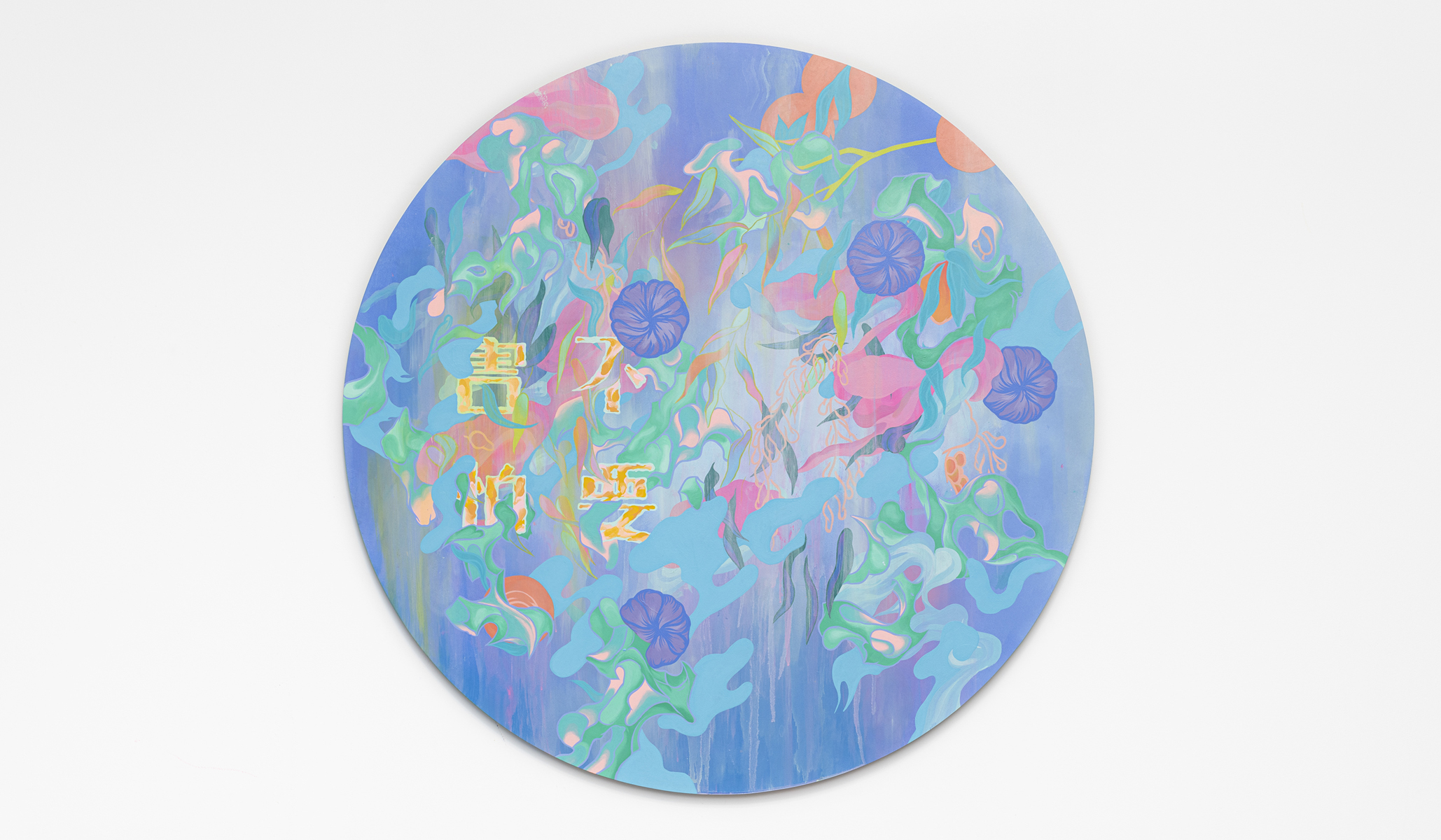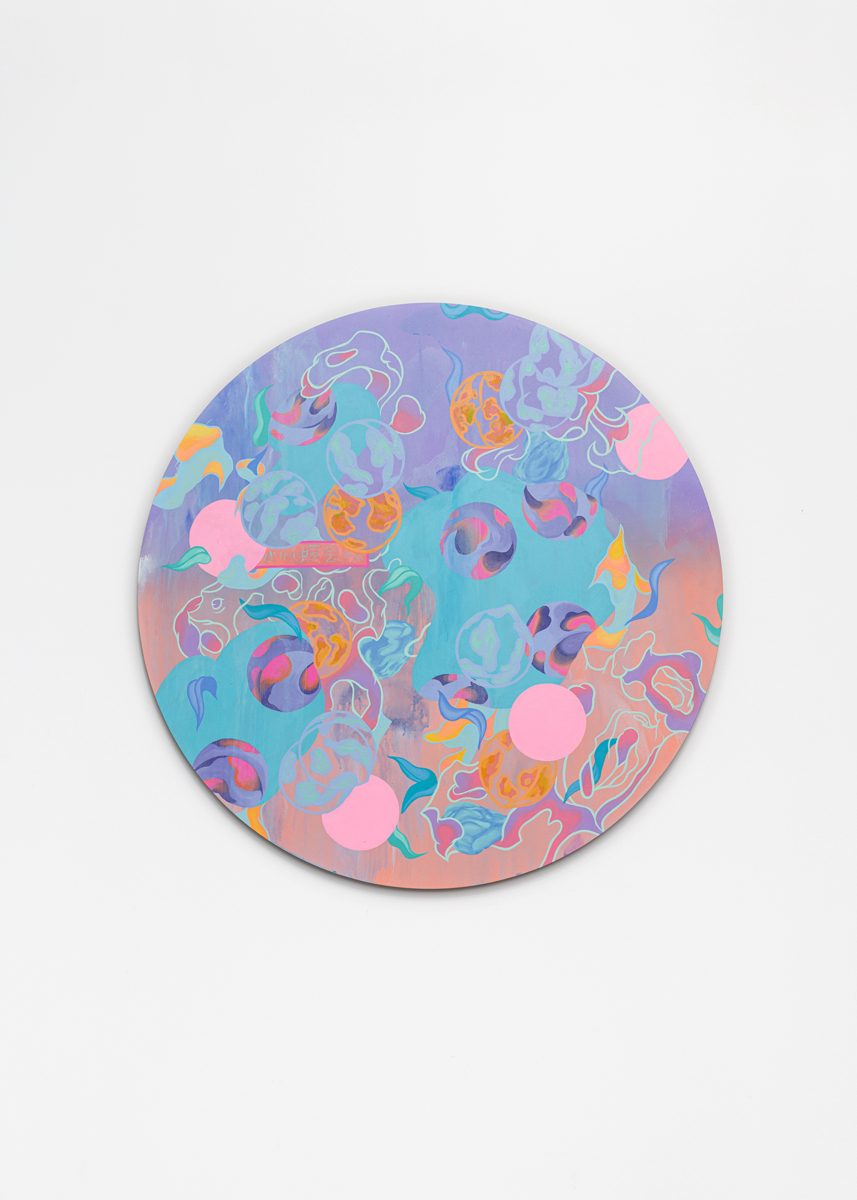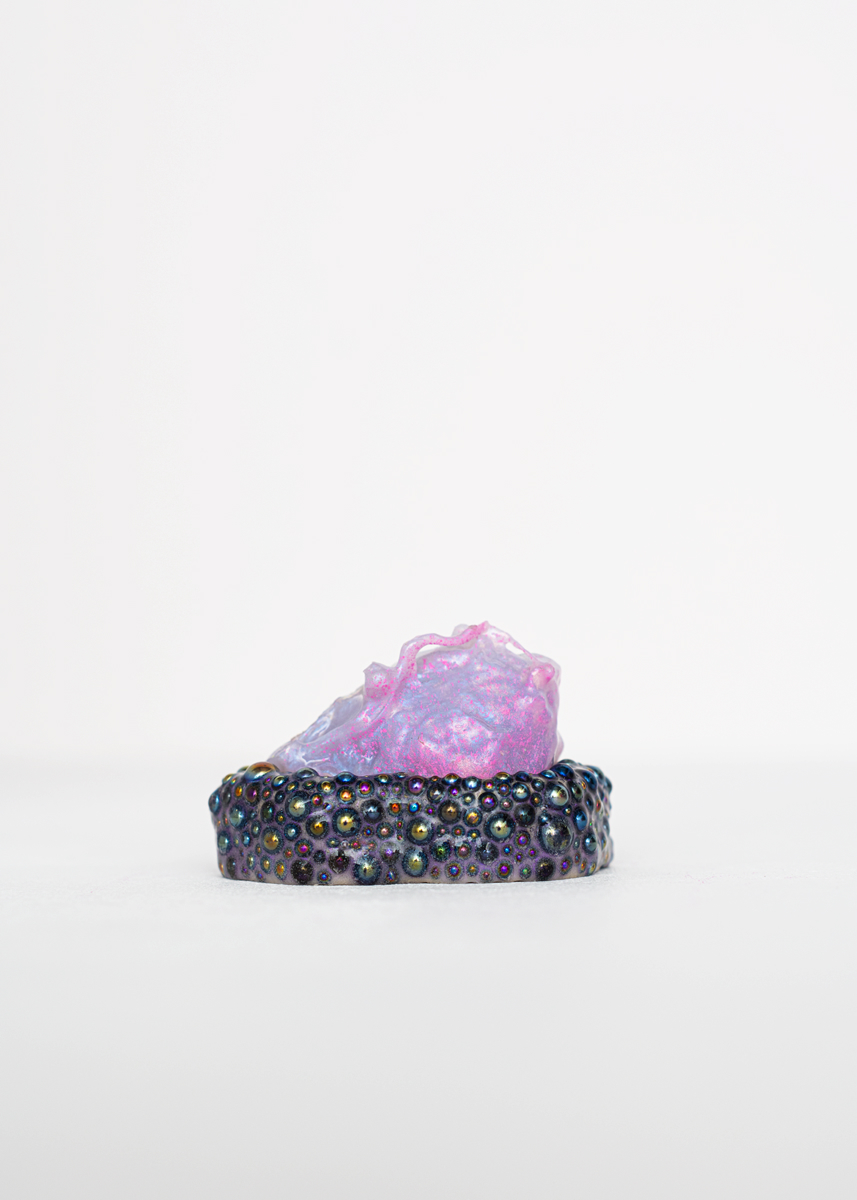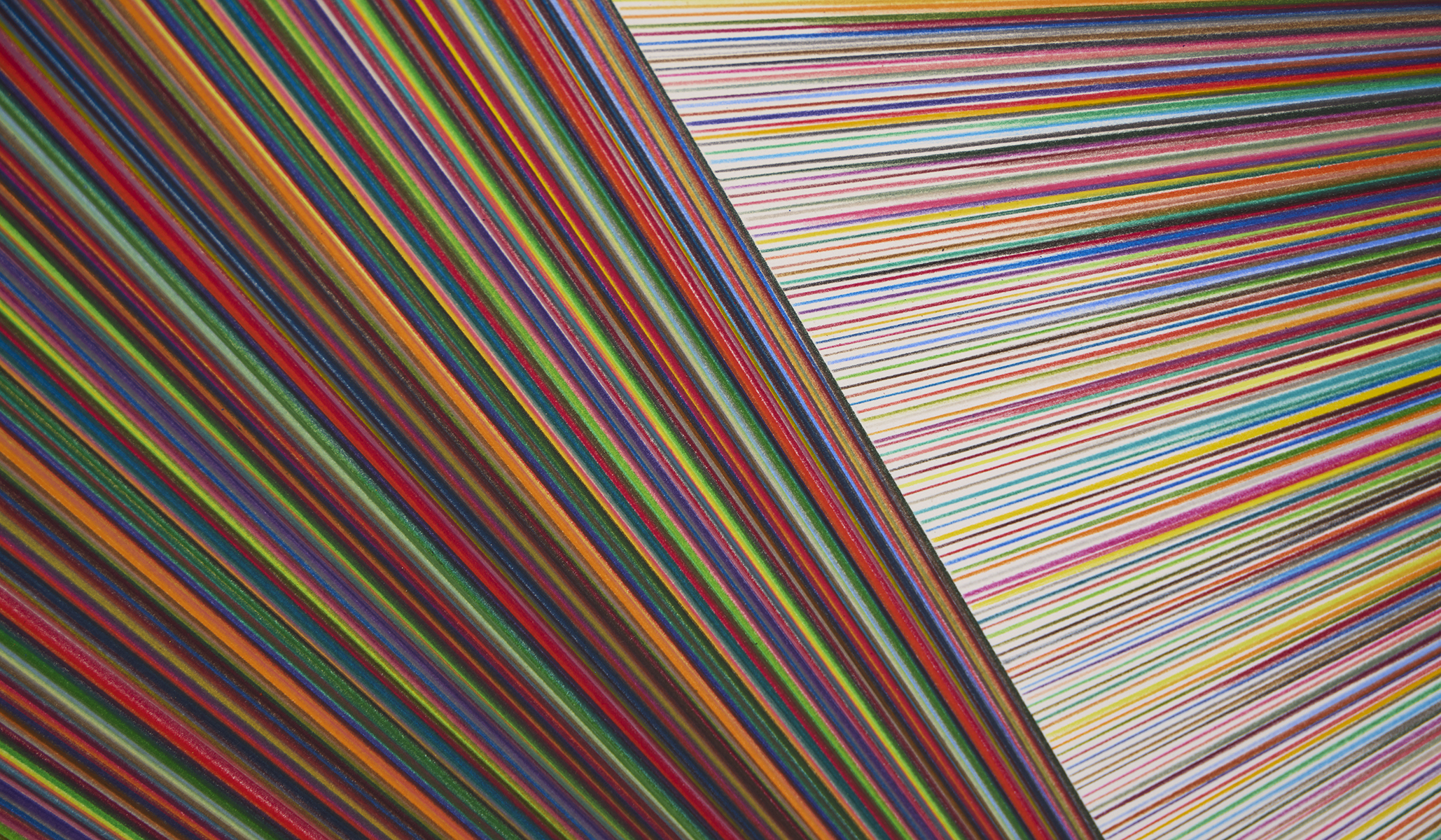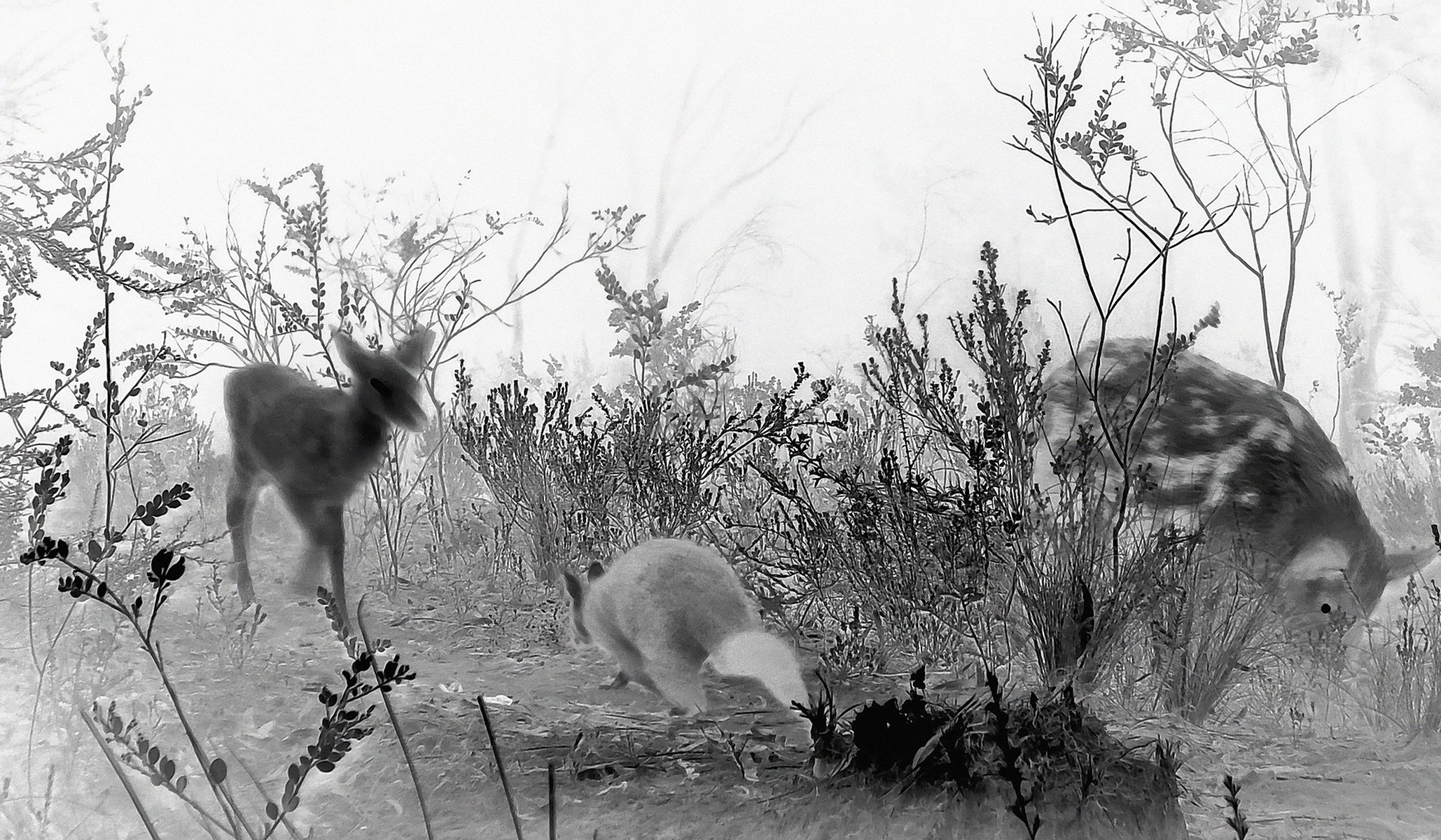Fresh from the studio, Louise Zhang’s latest series of fantastical and bewitching paintings sit alongside a series of diminutive yet eye-poppingly seductive sculptures which have been created via an exciting new collaboration with Sydney-based artist Dylan Batty.
Having developed a cult following for her alluring and fascinating paintings, sculptures and installations which mash together references as diverse as horror films and Chinese mythology, Zhang’s new works are articulated in the artist’s signature sugary palette. The seductive relationship between attraction and repulsion is key in Zhang’s practice – she is an artist who has become known for work which explores the dichotomy and tensions which exist between the beautiful and strange, the monstrous and cute. Louise’s work may be familiar from her collaborations with the Museum of Contemporary Art Australia, 4a Centre for Contemporary Asian Art, the City of Sydney and Carriageworks.
Most recently, in November 2020, Louise Zhang had the honour of having three significant artworks acquired by the National Gallery of Victoria. The suite of works entering the permanent collection includes two major new paintings and a sculpture, exploring a range of personal and cultural influences, including Zhang’s religious upbringing, her experiences as a Third-Culture Kid growing up Chinese-Australian, and traditional Chinese symbolism. Louise Zhang’s artworks are currently on display at the NGV Australia, Federation Square until March 2021.
The acquisition of these works for the National Gallery of Australia was made possible by MECCA Brands and their ongoing partnership with the National Gallery of Victoria. Since 2016, MECCA founder and co-CEO, Jo Horgan, and MECCA Brands have supported the NGV to acquire works by contemporary Australian female artists for the NGV Collection. As part of this partnership Louise Zhang was chosen to create MECCA’s limited edition 2020 holiday packaging, following on in the legacy of prestigious artists including Rebecca Baumann, Tammy Kanat and Tanya Schultz.
In the words of Katharina Prugger, Assistant Curator – Contemporary Art at the National Gallery of Victoria: “Whether you encounter Louise Zhang’s artwork at NGV this summer or through her collaboration with MECCA for their Holiday 2020 limited-edition packaging, her beautifully rendered imagery and lush colours will no doubt seduce and draw you into her world.”

Exploring Chinese symbols and motifs as ways of understanding and mediating her lived experiences as a Third Culture Kid growing up Chinese-Australian, Louise Zhang’s latest series of paintings utilise imagery replete with historical meanings and associations, but which are also evocative of a dream-like fantasy world. A maelstrom overrun by demons, ghouls and dragons yet dominated by lush and juicy peaches, delicate blossom and willow tree motifs. Extending upon her earlier works which have concerned themselves with exploring the artist’s heritage, sense of self and religion, this latest body of work continues to document Zhang’s personal journey as she seeks to better understand her own place in the world.
In paintings such as Do not be afraid (willow), we see Zhang celebrate the traditional Chinese motif of the willow tree – a tree which sparks happy and comforting childhood memories for the artist, memories of visiting Chinatown and Darling Harbour’s Chinese Garden of Friendship and knowing that the willow tree had significance in her culture. Within Chinese iconography and culture, the Willow Tree offers symbolic protection from fear of evil, fear of religion, fear of finding one’s place in the world. Willow tree branches are also believed to have the power to expel demons and so are hung over doors to disperse evil influences and used to sweep tombs as form of care taking, respect and protection. Ambiguous and layered, Zhang’s work can be seen to depict either willow leaves or gum leaves, with alternate readings dependent on the cultural lens through which the work is viewed. This fluidity, further alluded to with the works visual references to rippling water, hint at the constantly changing nature of identity and self-reflection.
Other paintings such as I will look after you (peaches) play with the superstitious symbolism of peaches which are associated with immortality and longevity and known to have highly medicinal healing properties. Dotted throughout her work, Zhang also pays homage to the peony motif. But instead of the full-blown romantic peonies so often found in Chinese textiles as signifiers of wealth, power and class, Zhang’s peonies are still tightly closed buds, inserted for their associations with pain relief and inflammation – of personal significance to the artist given that she has long suffered from a chronic pain condition which is made worse during bouts of intense art making and painting. Additional coded personal narratives exist within works such as To reach a point of meditation, which explores identity and the artist’s sense of self amidst this turbulent contemporary moment in which so many of us have been implored and are trying (and failing) to reach a point of meditation.
A nod to the circular gateways and entrance gates used as architectural framing devices through which Chinese gardens are viewed and presented, Zhang’s paintings present her fantastical and abstracted landscapes as though they are the portal to another realm. In paintings such as Scholar Garden Study (overlapped) the landscape and the concept of the scholar rock garden are abstracted even further, allowing the artist to work with a recurring motif which celebrates her Chinese heritage and represents the intersection of her identity as a Third Culture Kid. (Zhang first became fascinated with Scholar Rocks during an artist residency in China, viewing them through the lens of a horror-film obsessive who could not help but draw connections between the Scholar Rocks form and the gore of the body-horror genre with all its mutated body parts and disfigured human bodies.)
This preoccupation with sci-fi and horror films is shared by Sydney-based artist Dylan Batty, with whom Louise Zhang has collaborated to create a series of small sculptures which are a soft exploration of where the two artists (also partners) sit with each other in the context of their relationship. Created in a collaborative back and forth effort, whilst hanging out in the studio listening to podcasts devoted to sci-fi and horror film reviews (hence the artwork titles), each sculpture acts as a kind of conversation between the two artists.
Drawing on his carpentry skills, his memories of his grandfather’s work as a builder and joiner, and using tools handed down to him, Batty has worked with Zhang to create a series of ‘scholar rocks; which defy tradition, blending the cultures and experiences of both artists to create works that reject the monocultural in order to create a representation of the truly multicultural contemporary society we live in. Where Batty brings hand-carved bases and carefully cut and polished found stones, Zhang brings glitzy resins and experimental artificial materials. A collaboration about making work that bridges class, social and racial distances, each of these small sculptures aims to reinterpret and recreate the rules – the result being a series of sculptures which act as unique and personal homages to the importance of recognising cultural fluidity.
Rhianna Walcott
Curator
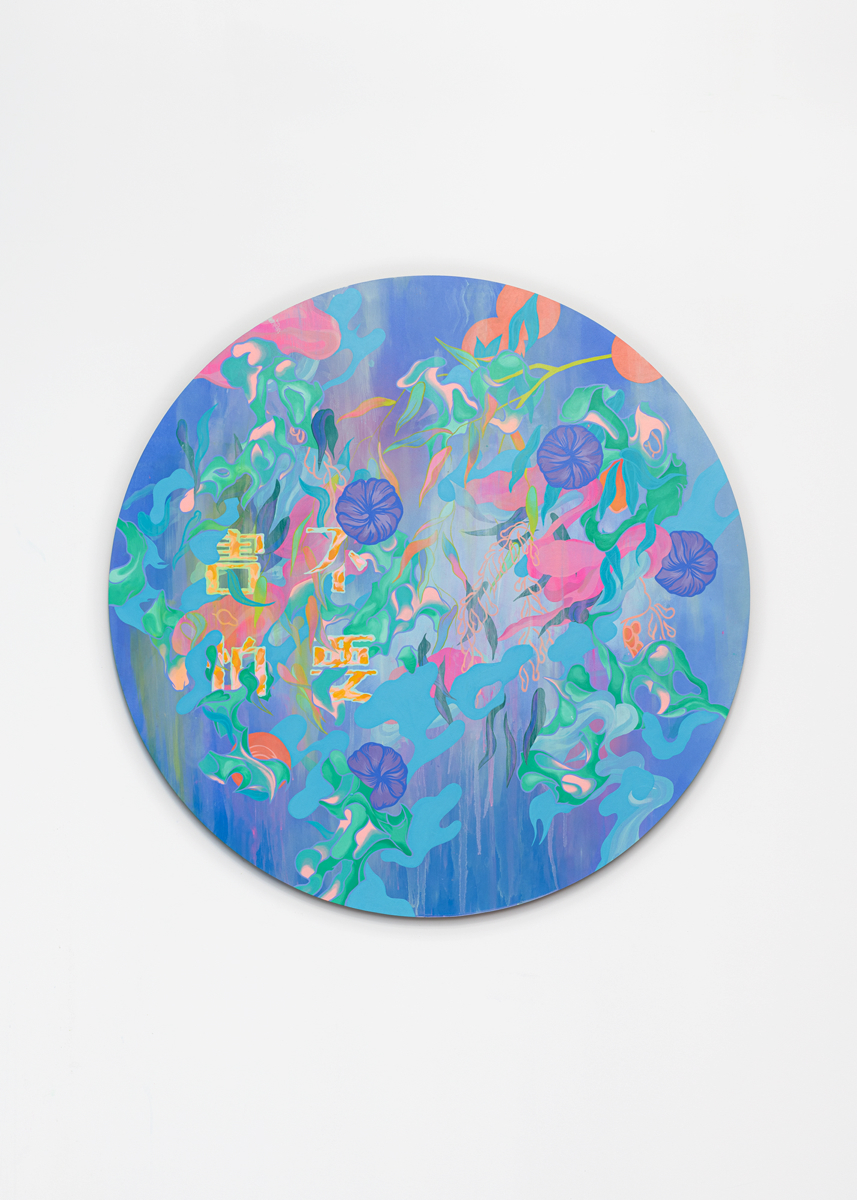
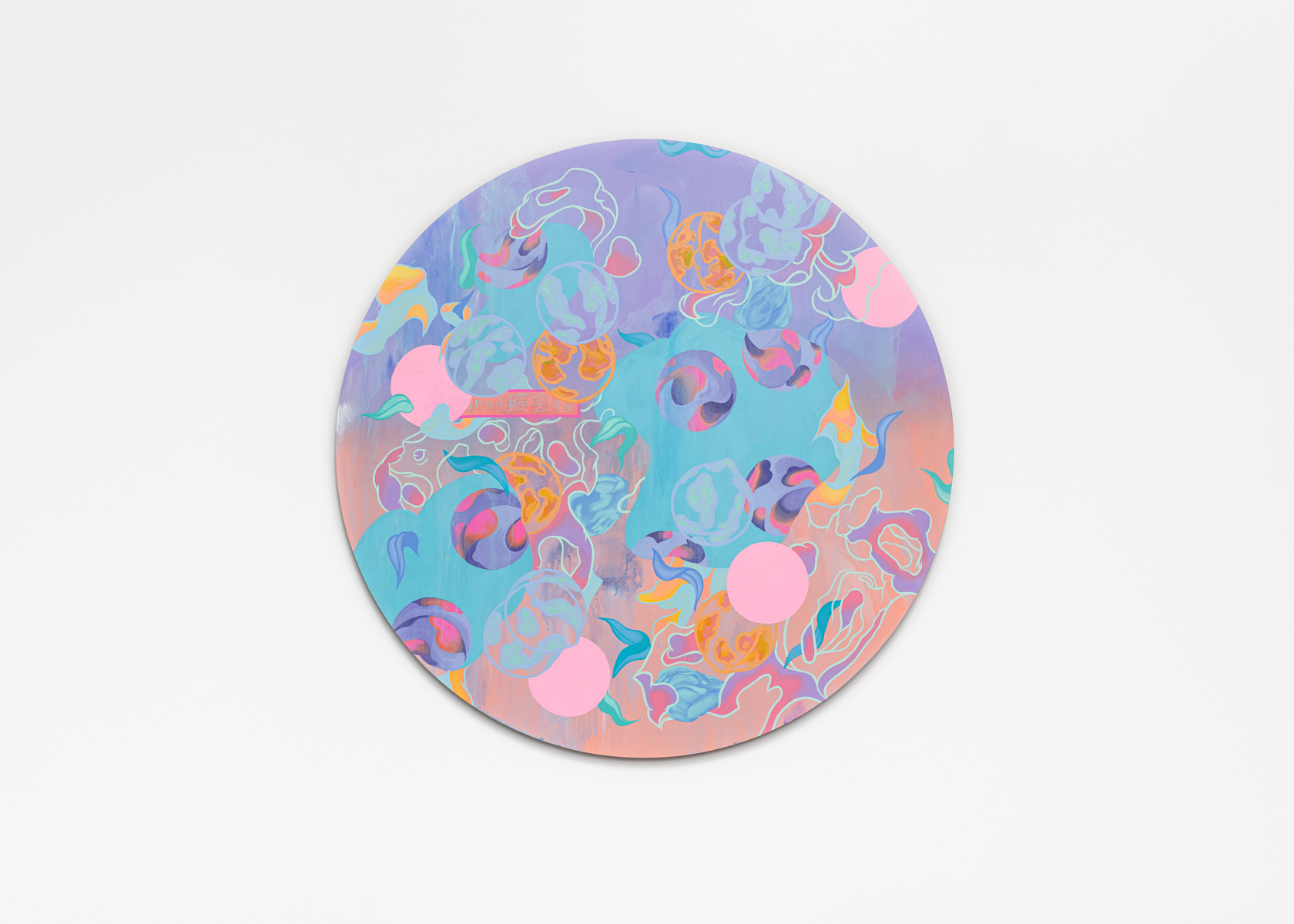
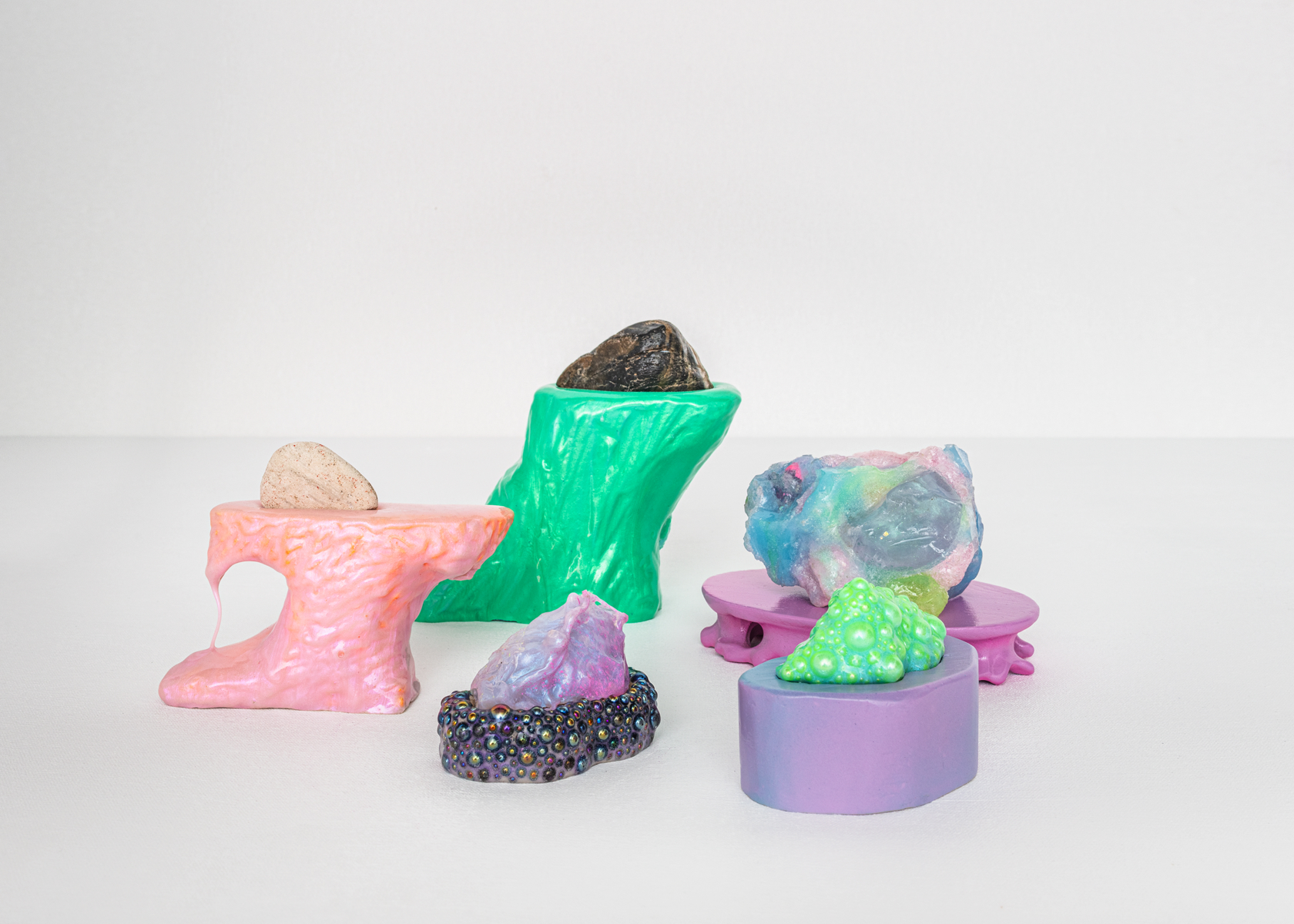
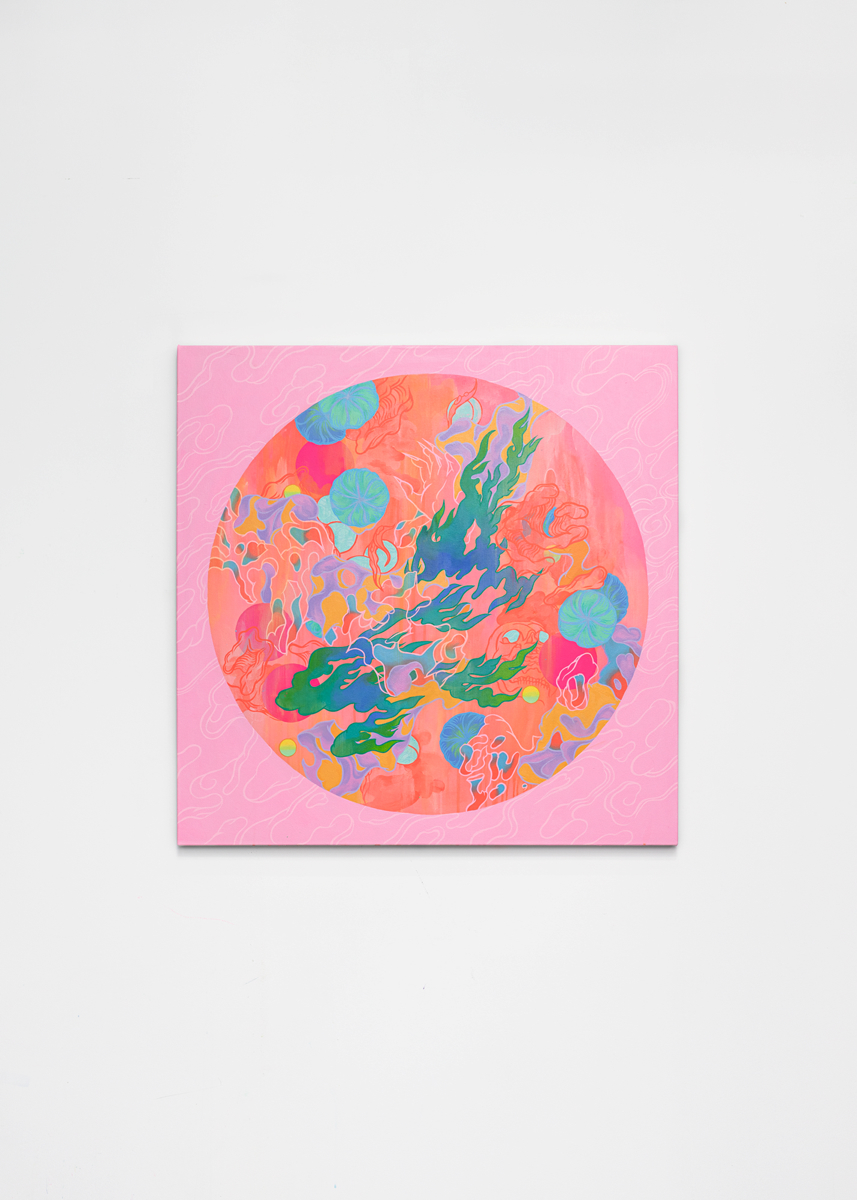
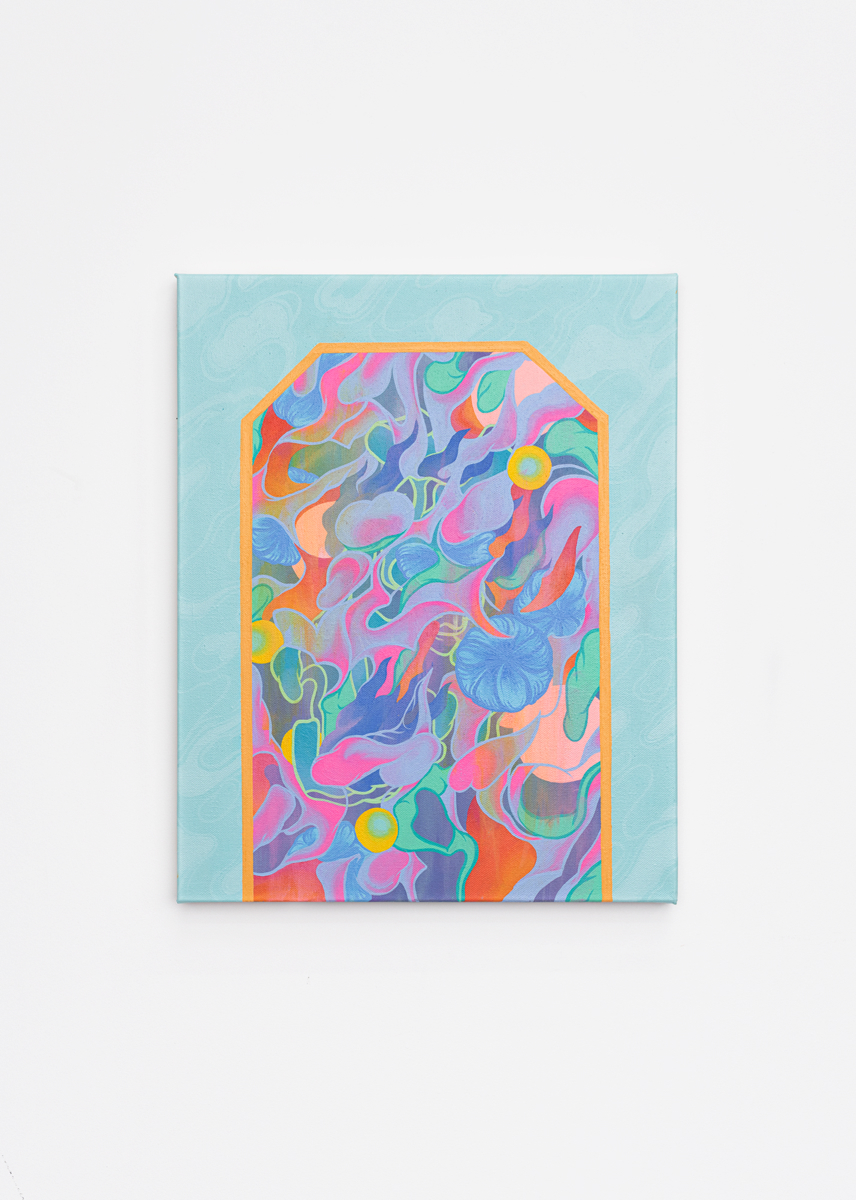
Louise Zhang (b.1991) is a Chinese-Australian multidisciplinary artist whose practice spans painting, sculpture and installation. Zhang explores the dynamics of aesthetics, contrasting the attractive and repulsive in order to navigate the senses of fear, anxiety and a sense of otherness reflecting her identity. Her work is inspired by horror cinema, Chinese mythology and botany, adopting and placing symbols and motifs in compositions of harmonic dissonance.
Louise Zhang completed a Bachelor of Fine Arts with Honours (First Class) at the College of Fine Arts, University of New South Wales in 2013, before completing a Masters of Fine Arts by research at UNSW Art & Design in 2016. Since 2012, she has been invited to exhibit as part of curated exhibitions including: Closing the Distance, curated by Sophia Cai, Bundoora Homestead Art Centre; From Old Ground, Bathurst Regional Art Gallery; Ereignis, curated by Lizzy Marshall, Cessnock Regional Gallery, Cessnock; Work, rest, PLAY!, Hawkesbury Regional Gallery; Right Here, Right Now, Penrith Regional Art Gallery; Biggie Smalls, Casula Powerhouse and Chinese Whispers, Goulburn Regional Art Gallery. Louise has also collaborated on projects with institutions such as the Museum of Contemporary Art Australia (who invited her to curate MCA Art Bar in January 2017) and 4a Centre for Contemporary Asian Art (who commissioned Louise to create a work as part of their 2017 Chinese New Year program).
Zhang has been awarded residencies via the Australia Council for the Arts at the Institute of Provocation in Beijing, China, and the Two to Three Residency Program in association with Organhaus in Chongqing, China. Louise has been a finalist in numerous prestigious art prizes and was the winner of both the 2015 Fisher’s Ghost Art Award – Sculpture category and the 2015 Yen Staedtler Female Art Award. Her work has been exhibited at Sydney Contemporary, Melbourne Art Fair and Art Central Hong Kong, and can be found in numerous private collections both nationally and internationally. In 2017 Louise was a finalist in the NSW Visual Arts Emerging Fellowship at Artspace in Sydney.
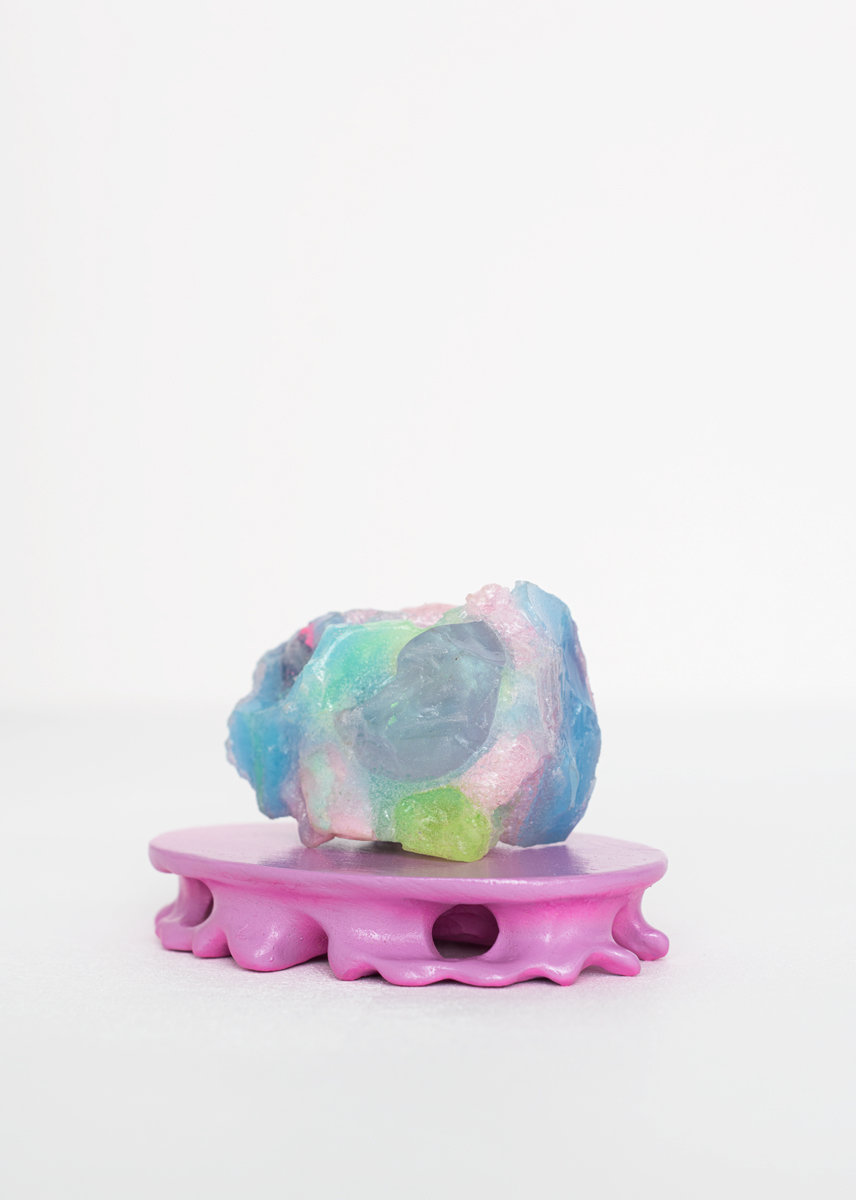
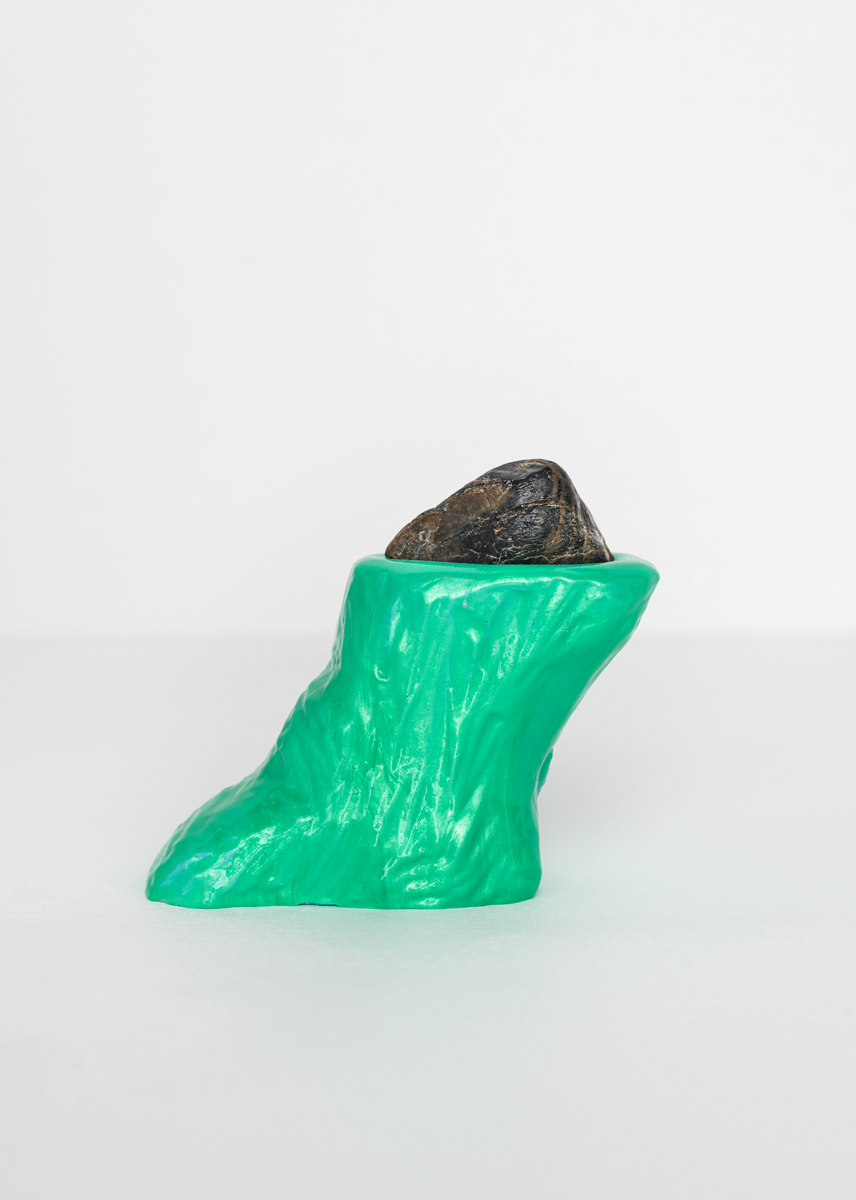


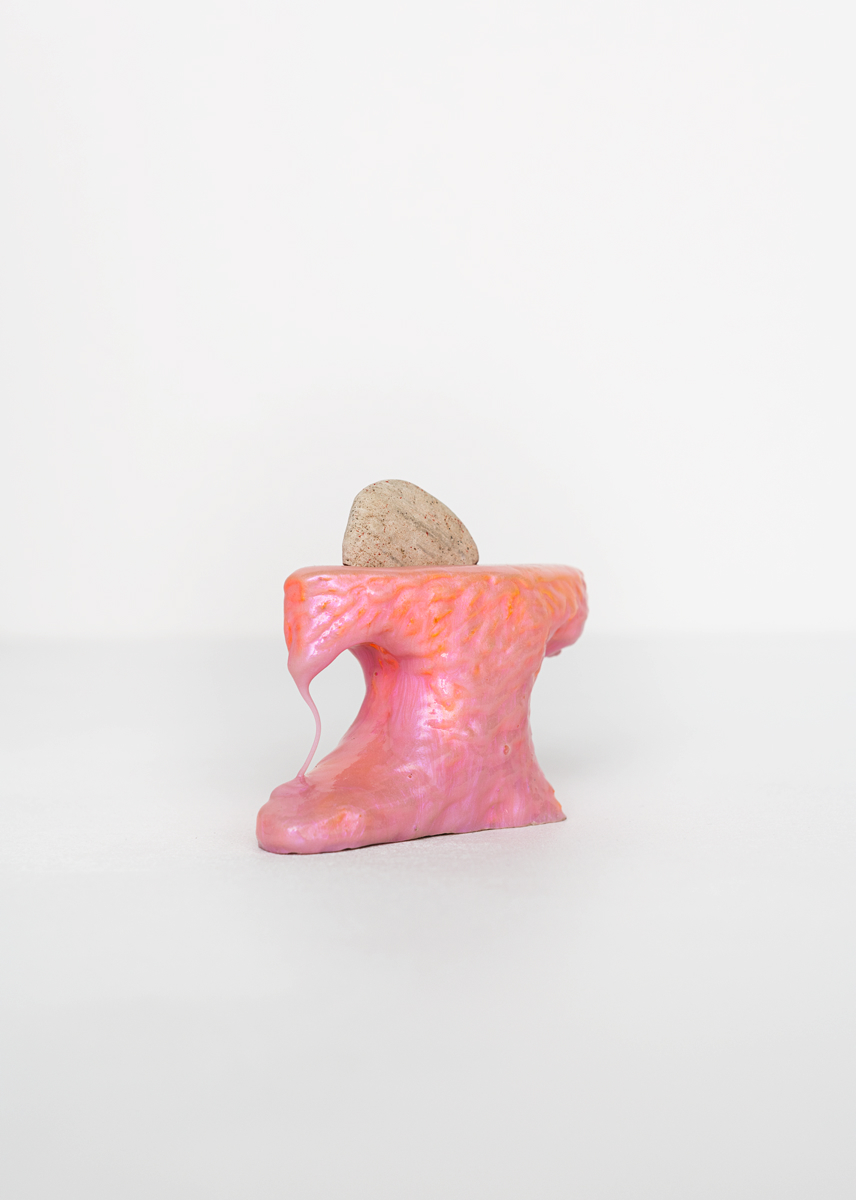
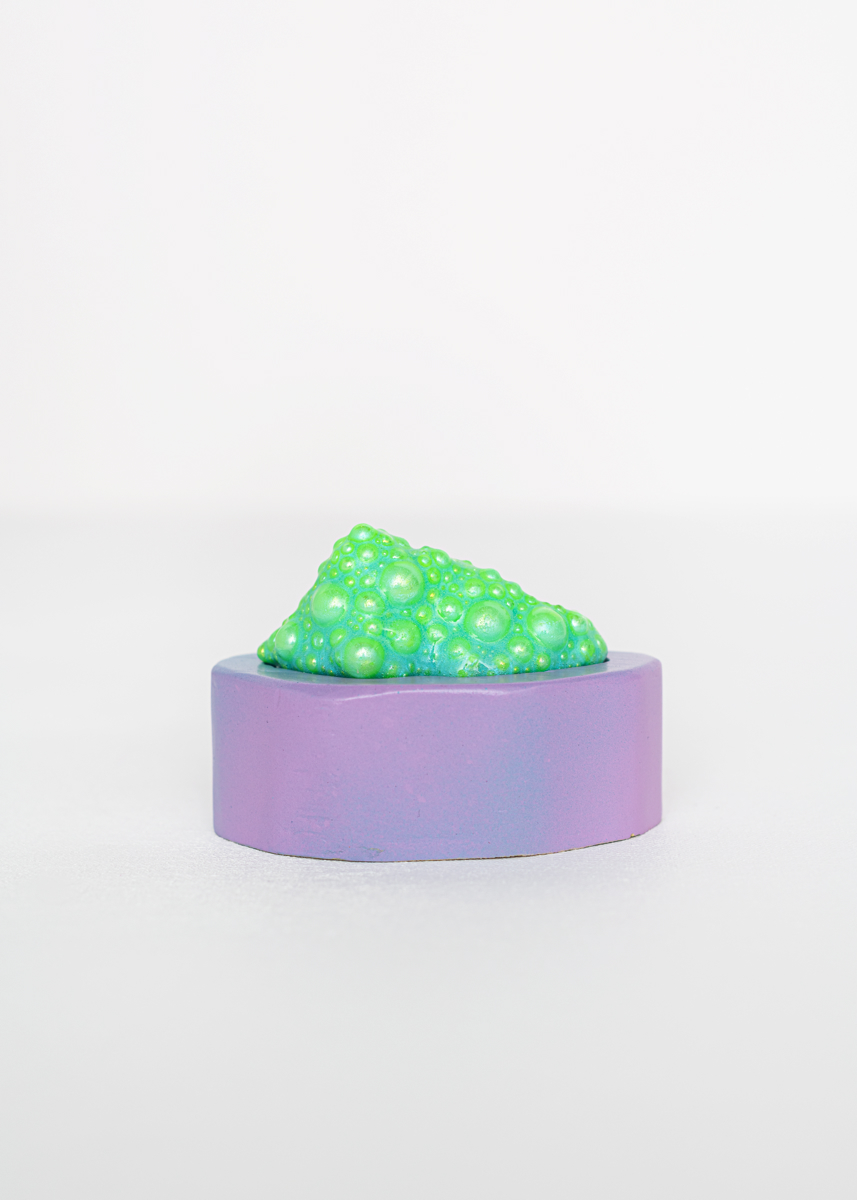
Louise Zhang (b. 1991) and Dylan Batty (b.1994) are multidisciplinary artists based in Sydney. Zhang and Batty explore aspects of beauty and history through reappropriation of personal and cultural artefacts. With specific focus on the hand-made, their practice bridges their stark aesthetic, social and cultural differences.
Part of a new series, these works re-examine the traditions and archetypes of the Scholar Rock. Originally coveted for their highly specific traits of asymmetry, sound, texture, surface and representation of landscape, the work interprets these specifications through contemporary contexts.

